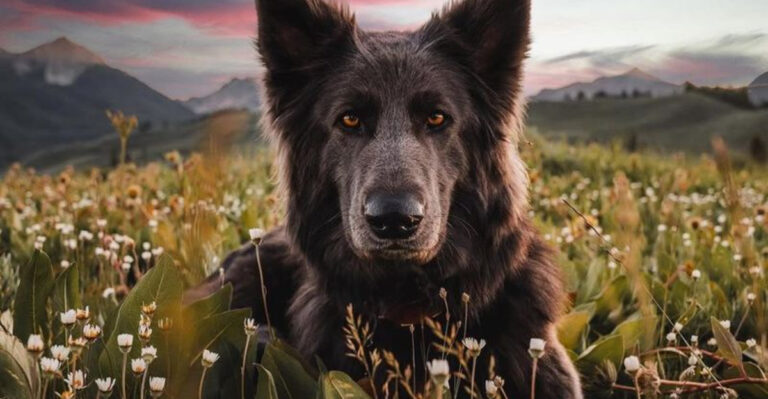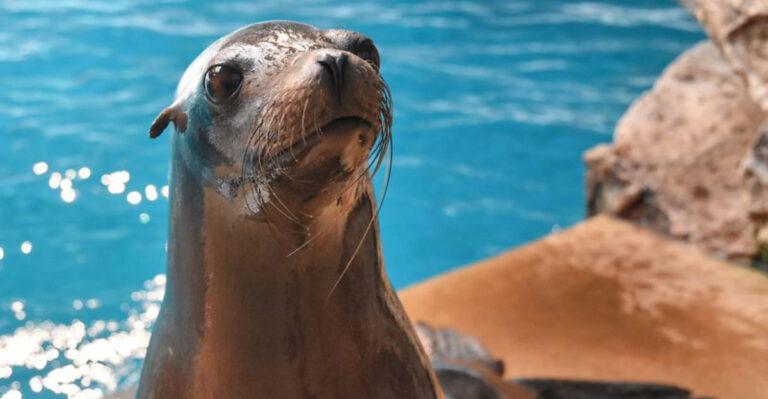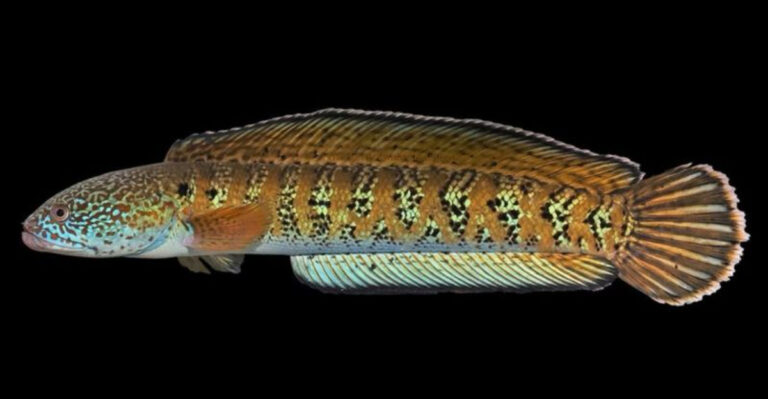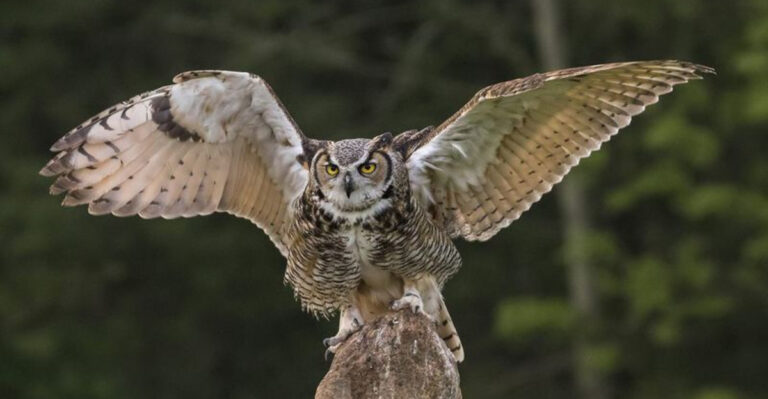13 Animals That Stay Together For Life And Mate For Eternity
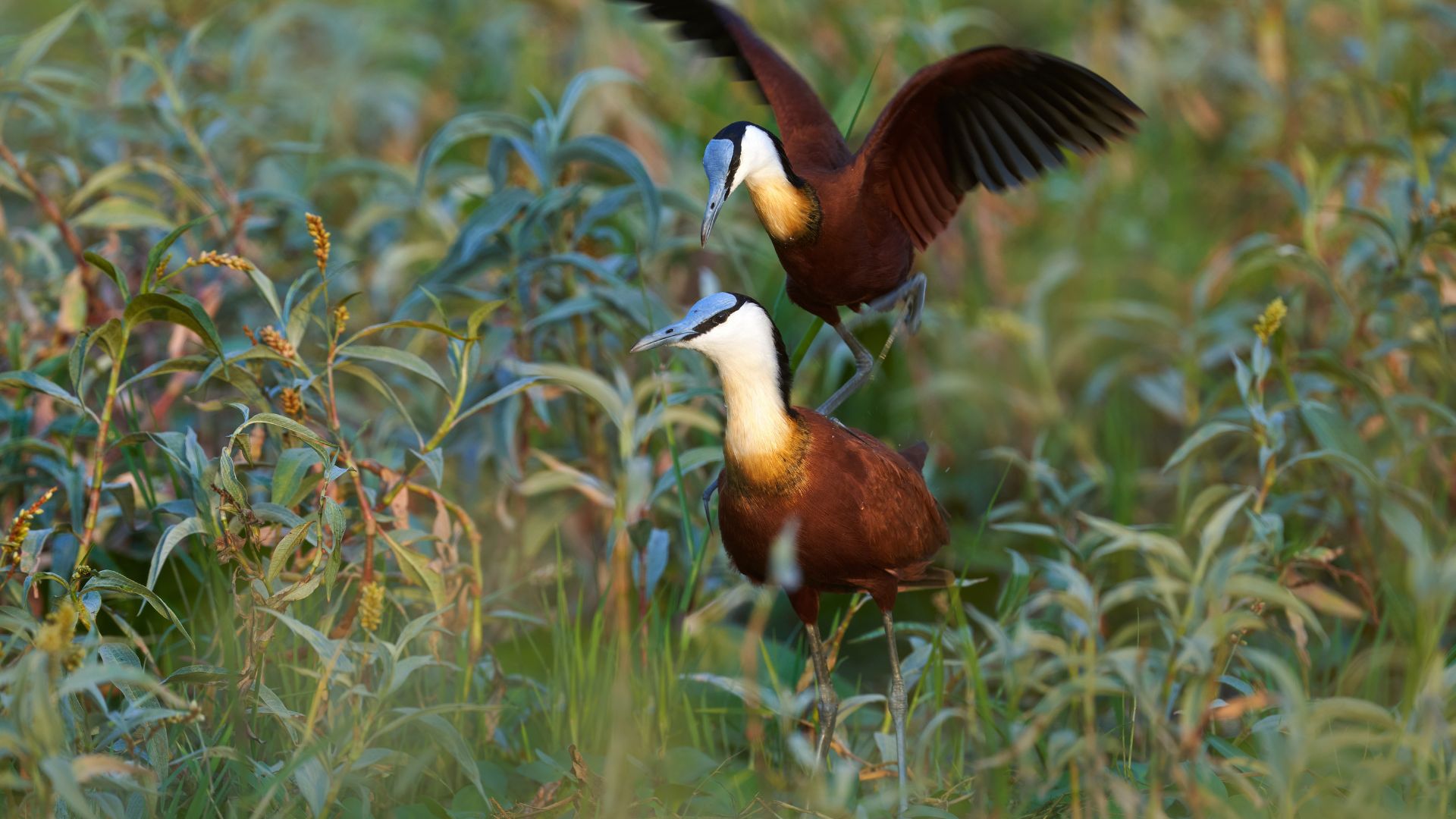
Ah, love – the powerful force that knows no bounds!
It’s not uncommon to witness glimpses of love in the animal kingdom, but let’s face it: The way humans experience love often involves more complexities.
While we’re out there swiping left and right in search of the one, animals typically focus on mating and reproduction, often without lifelong commitments to a single partner.
But, is that always the case? Contrary to what you might think, some animals do form lasting bonds, finding their soulmates and sticking with them for life.
Curious to find out which creatures might just be outdoing us in the love department? Keep reading – you might be surprised!
1. Albatrosses
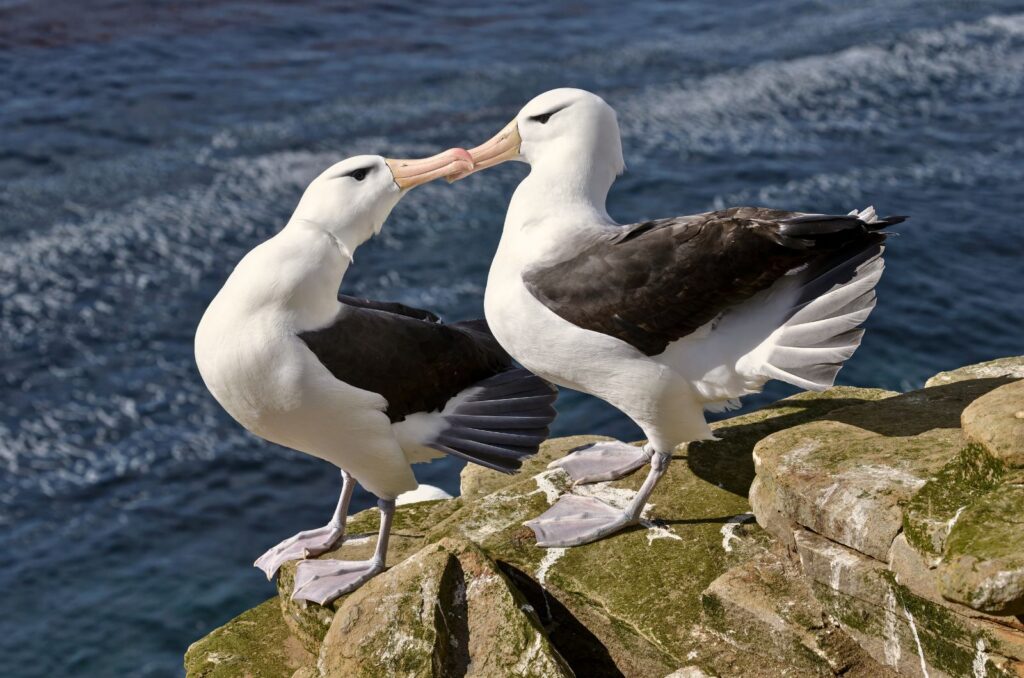
Albatrosses are famous for their lifelong bonds, with many species forming monogamous pairs that stay together forever.
These seabirds engage in elaborate courtship rituals, and once a pair is formed, they return to the same breeding grounds year after year.
When it comes to raising their offspring, both parents share parenting duties such as incubation and feeding. Their strong, essentially unbreakable bond helps them successfully raise their chicks.
2. Bald Eagles
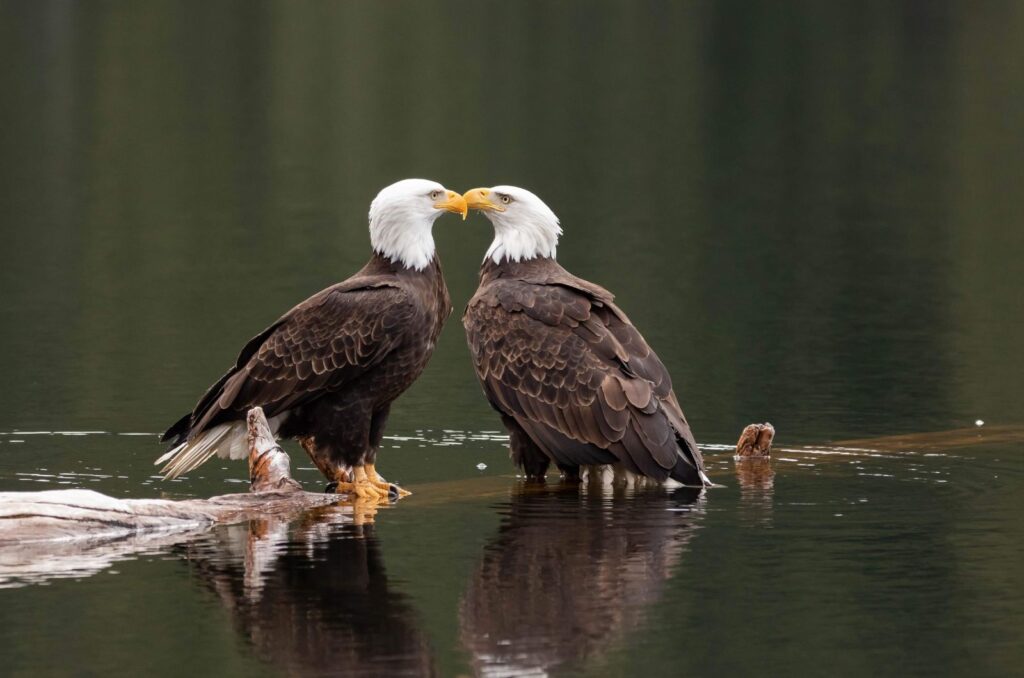
Next in line are bald eagles, another bird species known for their strong monogamous relationships.
These powerful birds of prey perform elaborate courtship displays, too, and once paired, they typically stay together, reusing the same nest year after year.
Both parents share the responsibilities of raising their young, and their lifelong bond is a key factor in their success as one of North America’s most iconic birds.
3. Penguins
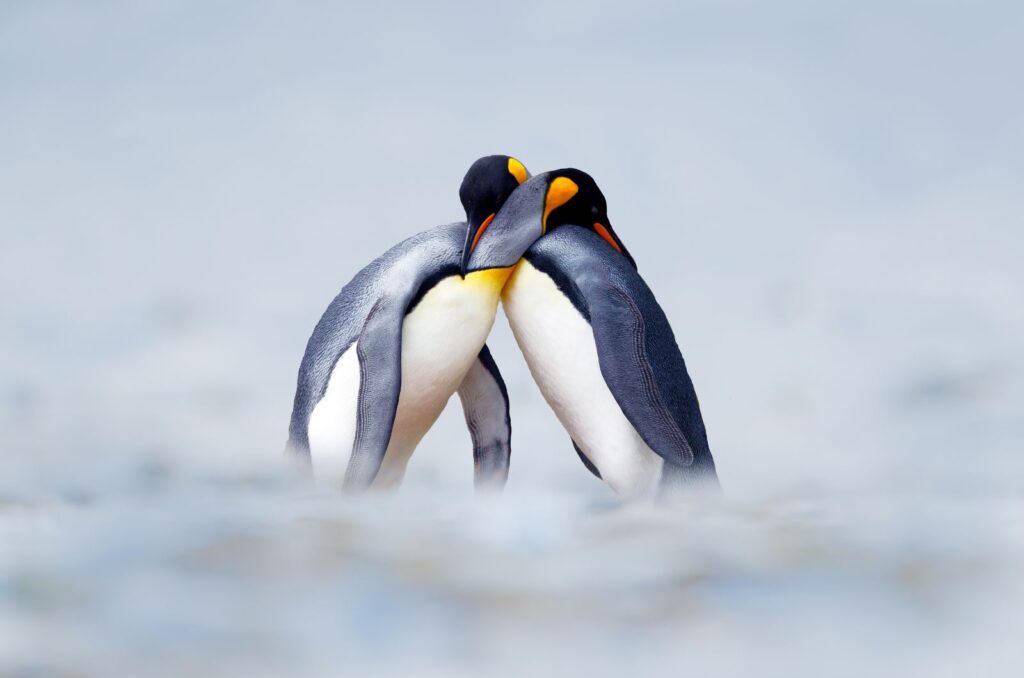
Penguins are also celebrated for their strong, lifelong partnerships.
During courtship, penguins engage in elaborate rituals such as exchanging pebbles, in order to solidify the bond. Their love language is gift-giving, I suppose.
Once a penguin finds a mate, they often stay together throughout the breeding season and beyond, returning to the same nesting sites each year.
4. Black Vultures
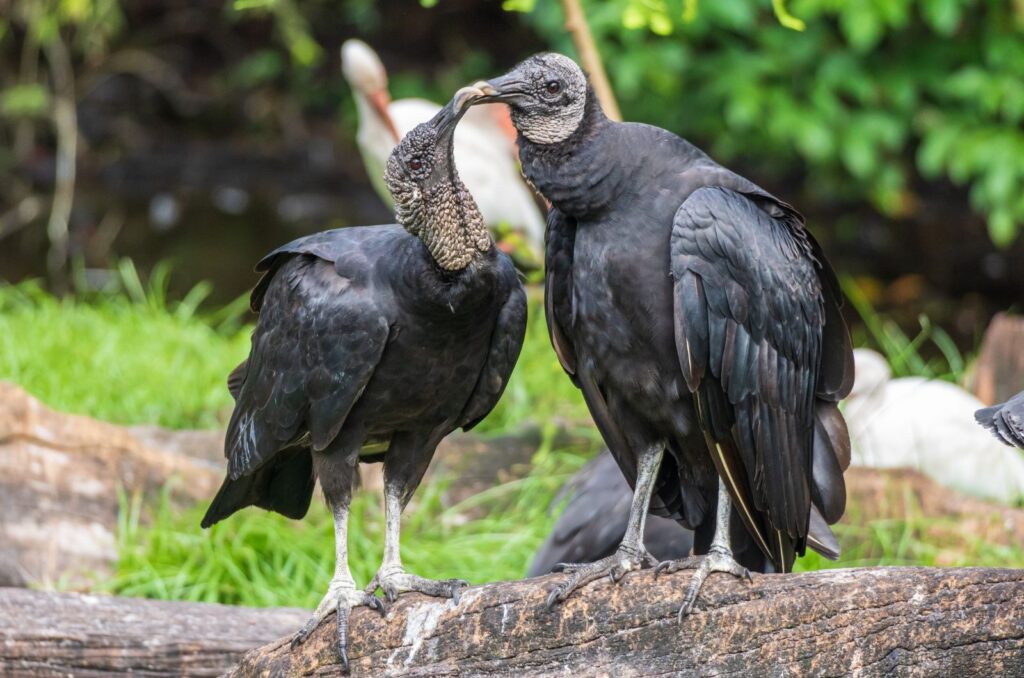
Monogamy seems to be the norm in the bird world. No wonder there’s a phrase “love birds” when basically every species mates for life!
Black vultures are another type of bird deeply loyal to their partners. These birds of prey are known for their strong family bonds and are often spotted flying or perching together.
Both parents equally share responsibilities, from incubating eggs to feeding their young and protecting their nesting sites. Their enduring relationship demonstrates a strong commitment to each other and their family.
5. Gibbons
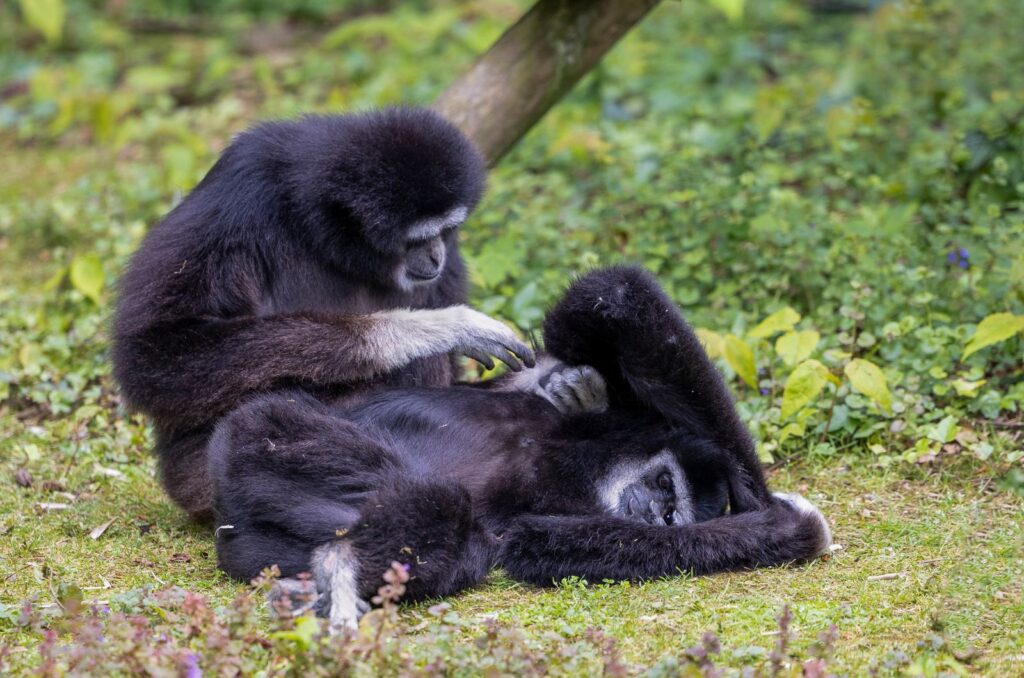
Did you know that gibbons find their lifelong partners by singing a duet together?
Yup, that’s right! Both male and female gibbons perform a series of vocal cries that make up their unique mating song, which later becomes a vital part of their relationship.
According to a study done by Thomas Geissmann and Mathias Orgeldinger, these duets are often sung during intimate moments, like mutual grooming, and even when separated, as the song helps keep the male from straying too far from home.
6. Gray Wolves
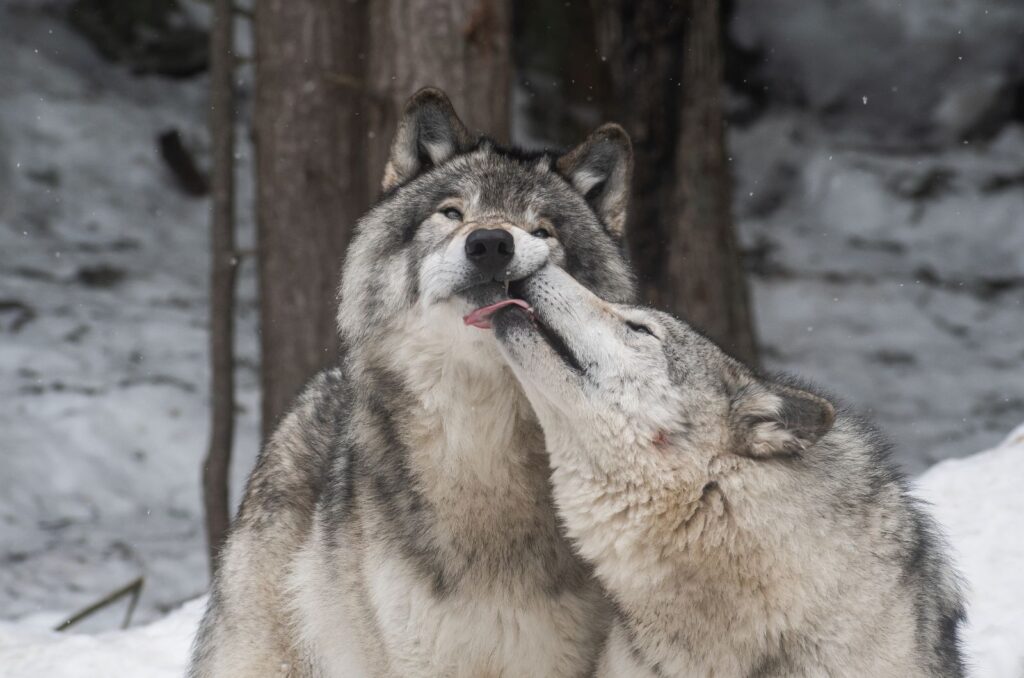
Gray wolves are highly social animals, and their commitment to their mate is a vital part of their family structure.
They are known for forming strong, monogamous bonds with a single partner, with whom they typically stay together for life.
This bond is crucial for raising their pups and ensuring the survival of their pack, helping the pack thrive as a cohesive unit, with both parents playing important roles in caring for and protecting their young.
7. Beavers
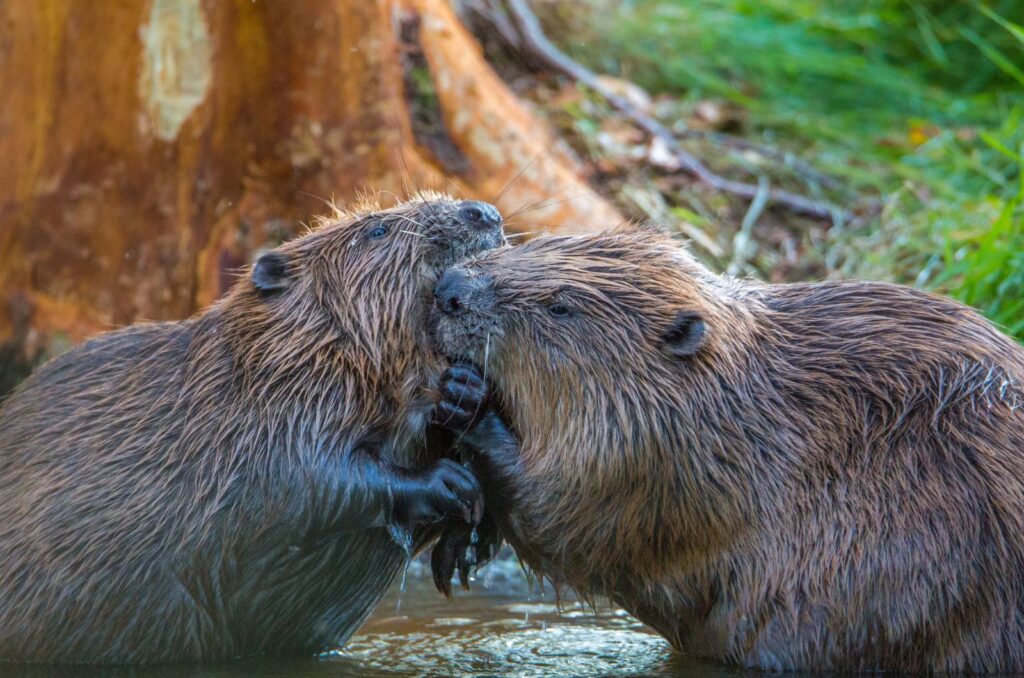
For beavers, mating for life is much more than a romantic display of love and loyalty. For these industrious rodents, finding a lifelong partner is all about practicality!
Once they form a pair, beavers work together on building and maintaining their lodges and dams, thus creating a safe home for their offspring.
Both parents raise their children together, teaching them essential life skills before they venture off on their own.
8. Storks
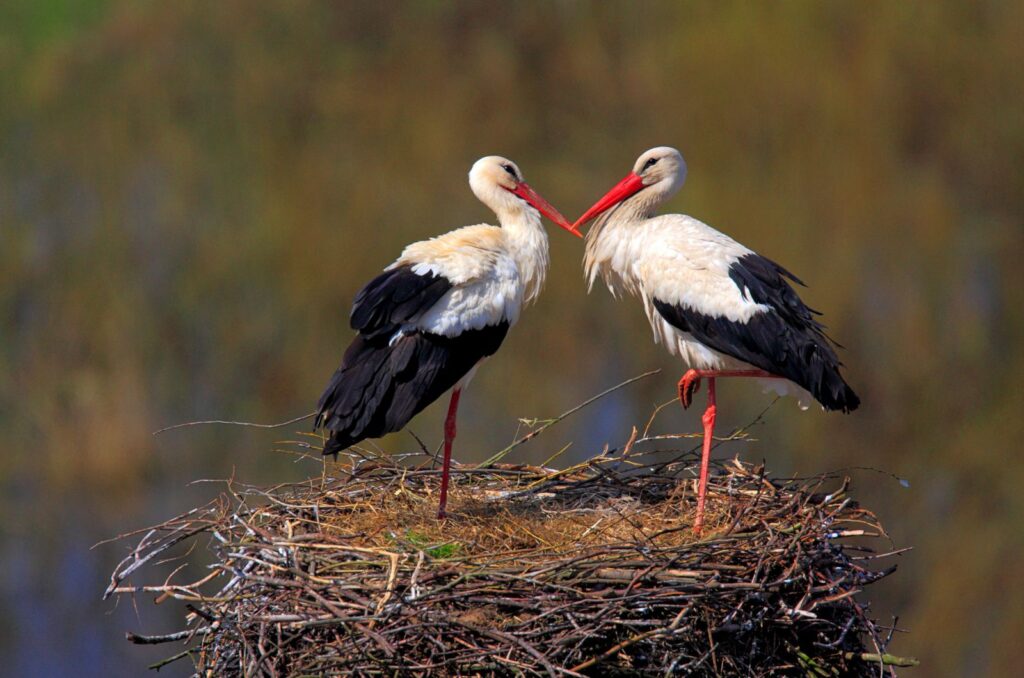
Birds again? Yes, we simply cannot overlook storks – elegant birds known for their striking loyalty and monogamous tendencies!
Storks stay deeply bonded with their mates, often returning to them each breeding season, year after year.
While they may migrate separately, storks reliably reunite with their mate and both share the responsibilities of nesting, incubating eggs, and raising their young.
9. Coyotes
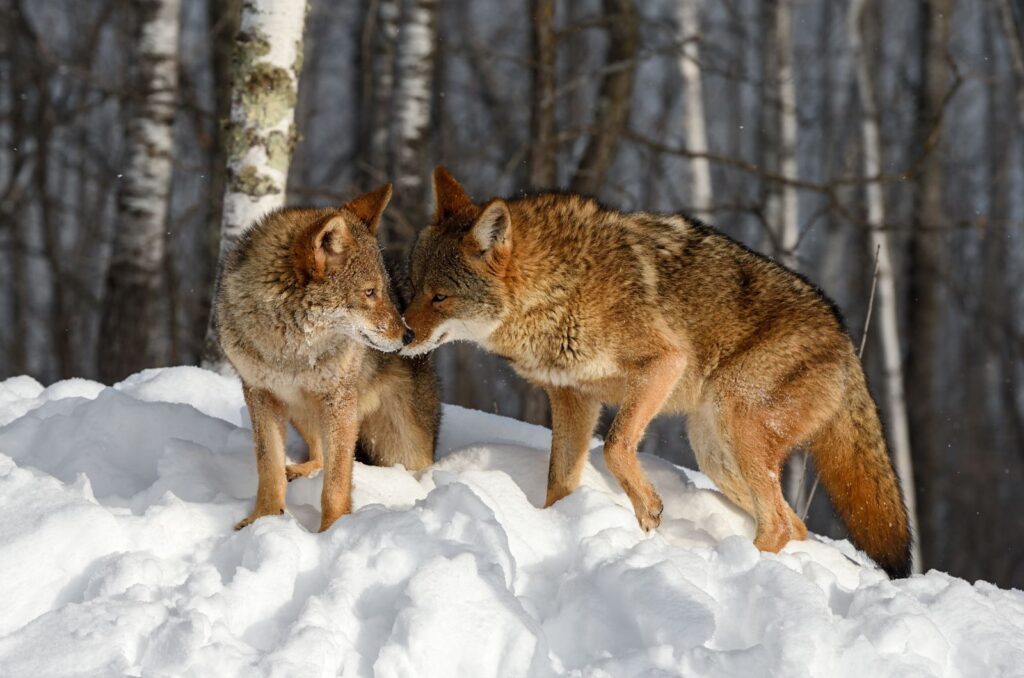
Similarly to wolves, coyotes form strong, monogamous bonds and often mate for life.
Once paired, a coyote couple shares parenting duties and actively participates in raising and protecting their pups.
Their partnership also extends to hunting and territory defense; coyotes work together to secure food and maintain their space.
Typically, a mated coyote pair will only separate upon the passing of one partner.
10. French Angelfish
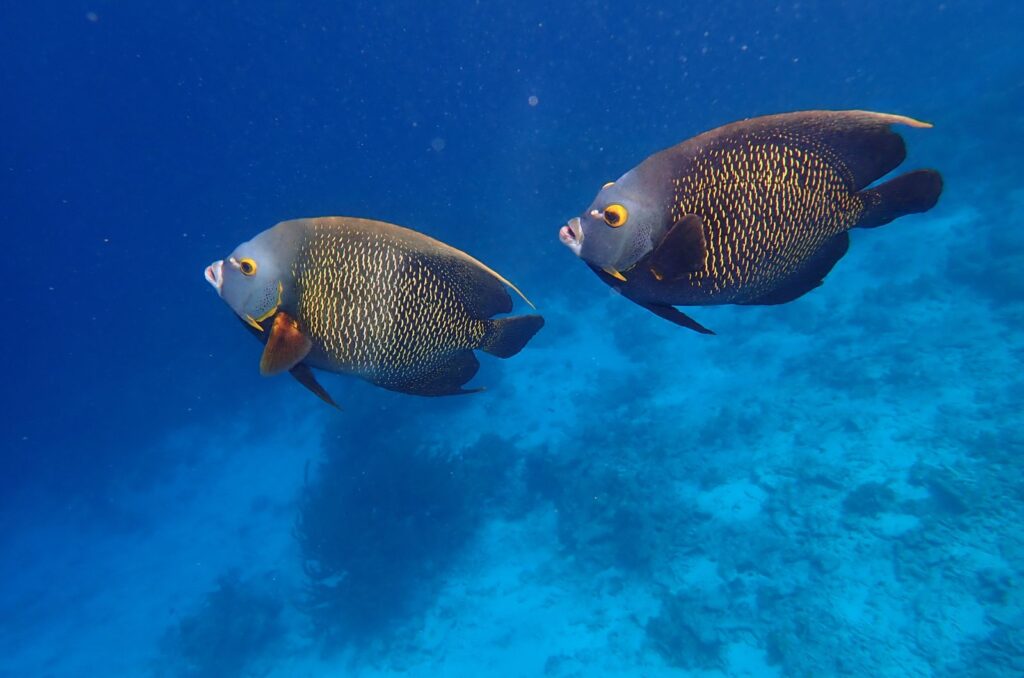
For all those wondering if true love can breathe underwater, the answer is: Yes! And French angelfish are here to prove so!
These vibrant, tropical fish are known for forming strong, lifelong bonds with their mates and exhibiting high levels of loyalty.
They tend to do many things together, such as swimming in close pairs, feeding, defending their territory, and even sleeping side-by-side. When separated briefly, they quickly reunite, reinforcing their unique partnership.
11. Shingleback Lizards
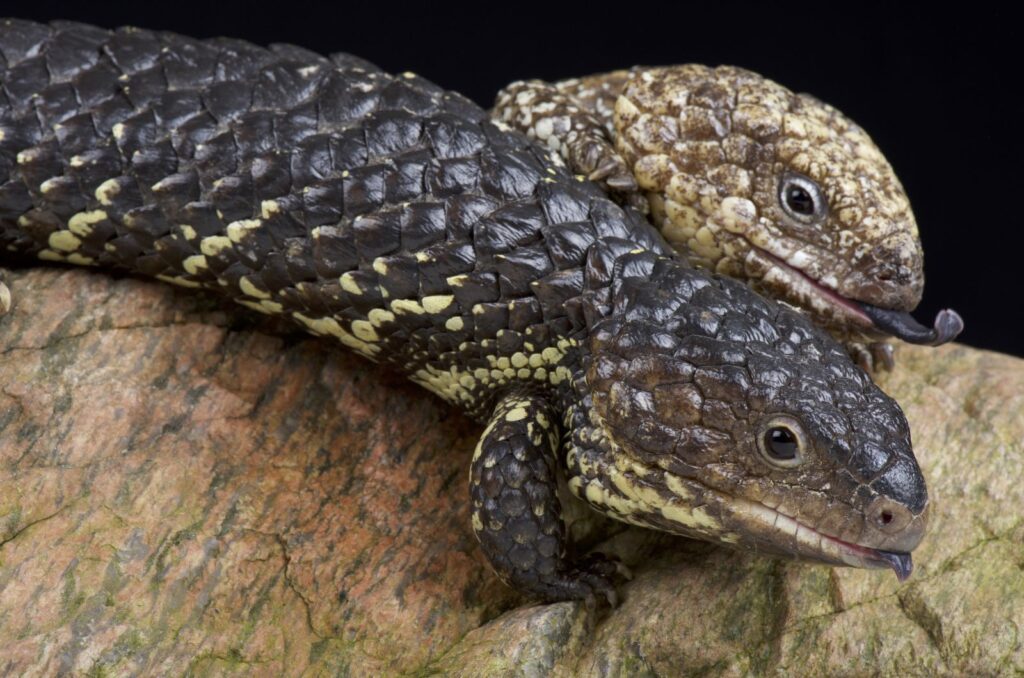
And lastly, we have Shingleback lizards, also known as Shingleback skinks. Unlike most reptiles, they are famous for their loyal, monogamous partnerships, often staying together for life.
Though they generally prefer solitude, these resilient lizards return to their mate each breeding season and are often seen staying close even throughout the year.
Their strong bond is a rare trait among reptiles, with some pairs remaining united for over 20 years, traveling together and sharing their territory.
12. Jacanas
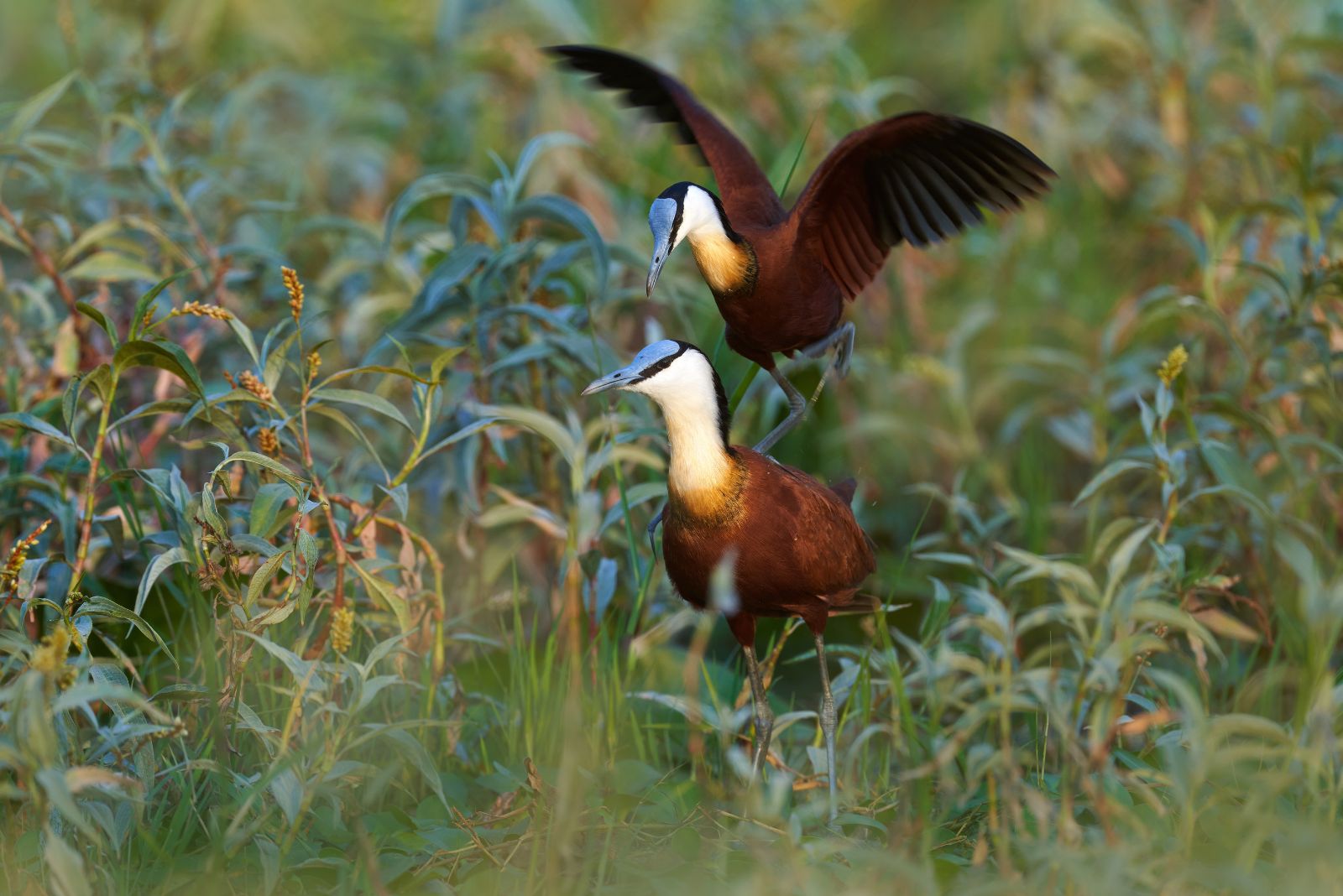
Jacanas are known for their striking appearances and interesting behavior. These birds form strong, lifelong bonds with their mates.
They are often seen protecting their territories and raising chicks together in the wetlands.
13. Titi Monkeys
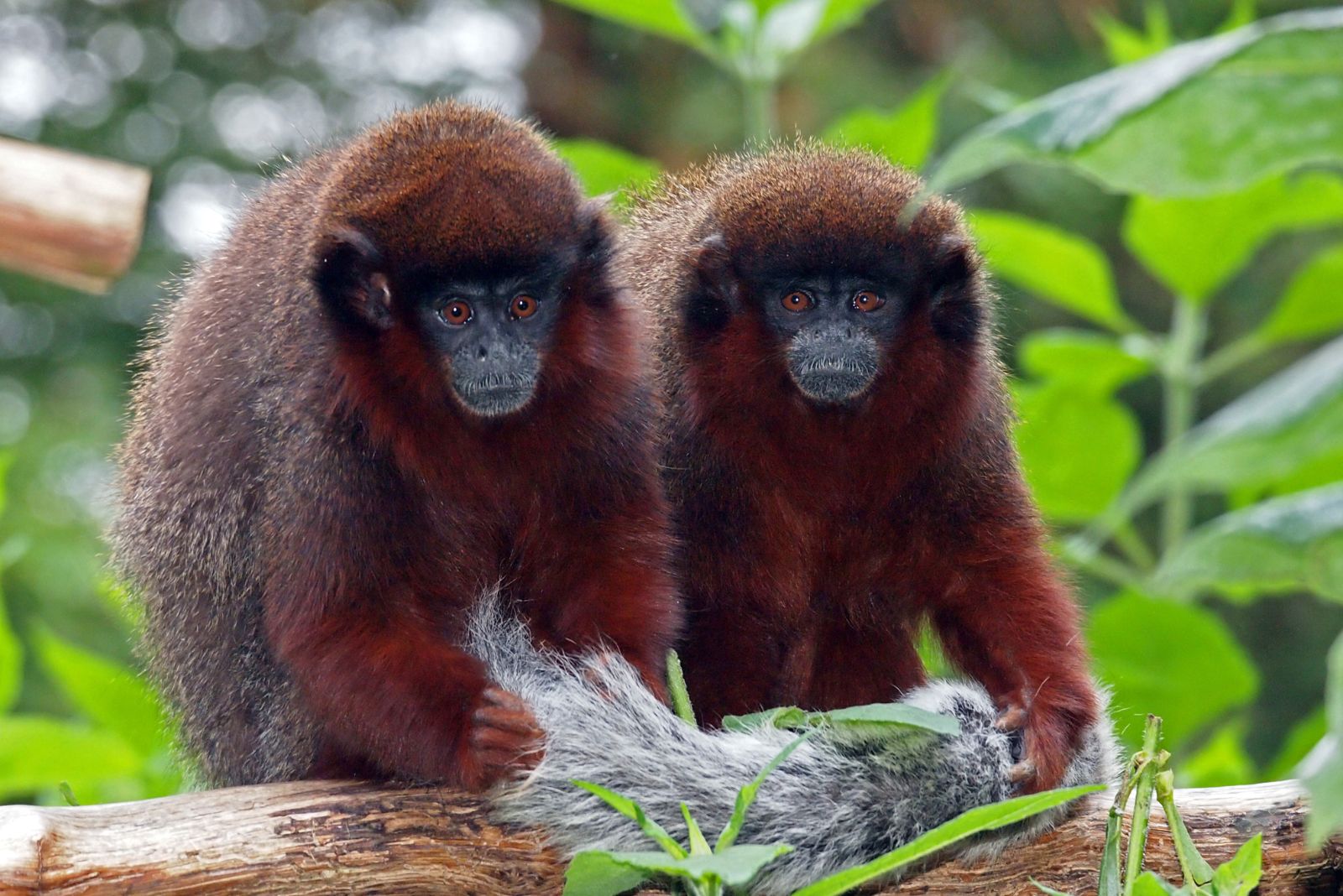
Titi monkeys are small, affectionate primates that mate for life. Known for their tight bonds, they can often be seen grooming and cuddling with their mates.
The strong emotional connection between these animals helps them navigate their jungle homes.

